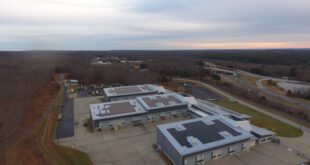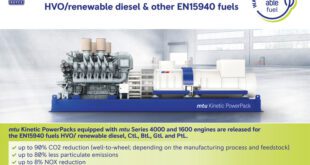The quest to develop an automobile which will reduce and possibly eliminate the dependence of the entire human race on petroleum fuel for automotive fuel has led to a partnership between companies. These working partnerships allow companies to have bigger funding and share expertise.
One such partnership is that between ZAP and Lotus Engineering. The partnership is aiming to develop the most advanced electric car in history. Currently, ZAP is already offering electric cars for American car buyers. These vehicles run on electricity and needs only to be plugged into a common household socket to be recharged and store up some juice.
While these electric vehicles are of great advantage to the environment and fuel cost, their range is not enough to make extended trips. This is one issue that the partnership will be looking into in their quest to produce the most advanced electric car in the entire history of the automotive industry.
Recently, both parties have been having talks at the headquarters of ZAP located in Santa Rosa, California. Lotus Engineering personalities who attended these talks includes the company’s chief executive officer Albert Lam. Project Manager Steven Woolley and West Coast Operations Manager Rexford Park are also part of the dialogues between ZAP and Lotus. The talks between ZAP and Lotus is expected to bring to light more developments in the development and production of electric cars. These developments are expected to be announced by ZAP Chief Executive Officer Steve Schneider.
For the present, Schneider has this to say: “This was an important meeting because ZAP and Lotus Engineering are working to bring new technologies to bear that could change the auto industry forever. With Lotus Engineering’s capabilities, and ZAP’s vision and entrepreneurship, we are building a world-class team to tackle this important endeavor.â€
Currently, ZAP’s offering includes the electric vehicle Xebra. It was first introduced to the market in May of 2006. The three-wheeled vehicle is classified as a motorcycle but it has both a sedan and a pickup configuration. While it uses a battery pack and an electric motor, it does not use the regenerative braking system used commonly by hybrid electric cars. The said feature captures the energy produced during braking.
While the Xebra does not posses the said feature, its battery pack can power the vehicle for approximately forty miles on low speed driving. The same battery pack can also give the Xebra a top speed of 40 miles per hour. While these attributes already standout, the partnership between Lotus and ZAP aims to develop an electric car that is far more advanced than the Xebra.
On the other hand, Lotus has been known for designing and developing some of the most notable cars in history. This collaboration with ZAP is seen by Lotus as a step for them to become one of the frontrunners in the development of green cars. Chief Executive Officer Albert Lam has this to say: “The venture with ZAP is a dream come true because we are creating the most advanced electric vehicles in history. Lotus Engineering is very happy to be associated with ZAP in bringing this vehicle to market. The technology is ready for electric vehicles so they don’t have to be slow, they can have a long range, and they can be exciting to look at.â€
Aside from developing high performance vehicles, Lotus is also known for creating aesthetically pleasing cars. With the company’s expertise, one can expect an environment friendly and good-looking car to come out of this partnership. If the partnership comes up with the most advanced electric car in history it is, of course, safe to say that it will be far more environment friendly than vehicles equipped with flowmaster exhaust components.
 Alternative Energy HQ solar power for homes, wind energy, and bio fuel issues
Alternative Energy HQ solar power for homes, wind energy, and bio fuel issues







